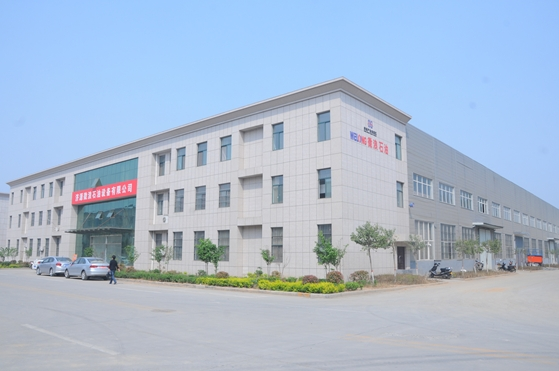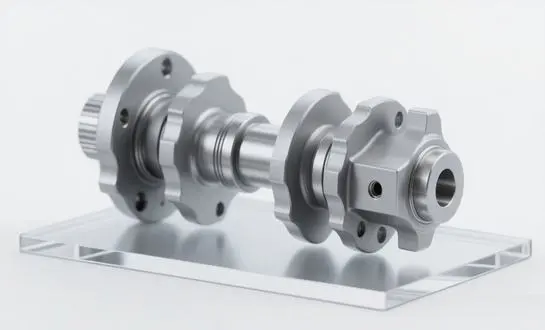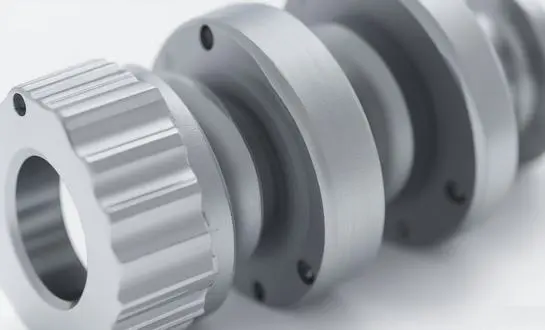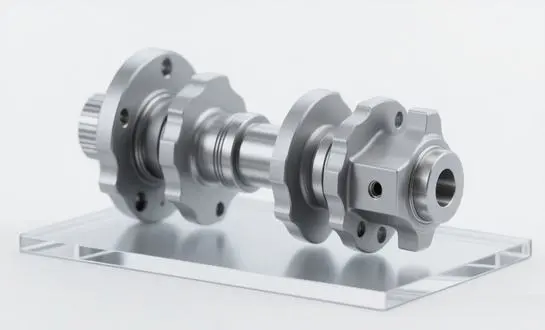The Science Behind Tension Control in Metal Processing
Understanding the science behind tension control is essential for appreciating the significance of tension rolls in metal processing lines. Tension control is based on the principles of material science and mechanical engineering, focusing on the behavior of metals under stress and strain during processing.
Principles of Metal Deformation
When metals are processed, they undergo various forms of deformation, including elastic and plastic deformation. Tension control systems, including tension rolls, work to manage these deformations by applying and regulating forces along the processing line. This careful management ensures that the metal strip maintains its desired properties and dimensions throughout the production process.
Stress-Strain Relationships
Tension rolls operate based on the stress-strain relationships of the metals being processed. By applying precise tension, these components help maintain the metal within its optimal stress range, preventing issues such as excessive elongation or breakage. This scientific approach to tension control allows for consistent product quality and improved process stability.
Dynamic Tension Adjustments
Modern tension control systems incorporate advanced sensors and control algorithms to make real-time adjustments to tension levels. This dynamic approach accounts for variations in material properties, processing speeds, and other factors that can affect tension requirements throughout the production line.
Improving Product Quality: Tension Rolls vs. Traditional Methods
The introduction of advanced tension roll technology has revolutionized the metal processing industry, offering significant improvements over traditional tension control methods. Let's explore how tension rolls contribute to enhanced product quality and compare their performance to conventional approaches.
Enhanced Surface Finish
One of the primary advantages of using tension rolls is the superior surface finish they help achieve. By maintaining consistent tension throughout the processing line, these components minimize the risk of surface defects such as scratches, orange peel texture, and waviness. Traditional methods often struggled to provide the level of precision required for high-quality surface finishes, especially at higher production speeds.
Improved Dimensional Accuracy
Tension rolls play a crucial role in maintaining tight dimensional tolerances during metal processing. By precisely controlling the tension applied to the metal strip, these components help ensure uniform thickness and width across the entire length of the material. This level of accuracy was challenging to achieve with older tension control methods, which often resulted in variations that could lead to product rejection or additional processing steps.
Reduced Defect Rates
The implementation of advanced tension roll systems has led to a significant reduction in defect rates compared to traditional methods. By providing more precise and consistent tension control, these systems help prevent issues such as wrinkles, edge waves, and camber, which were common problems with older tension control technologies. This improvement in quality control translates to less waste, higher yields, and increased customer satisfaction.
Flexibility in Material Handling
Modern tension rolls offer greater flexibility in handling a wide range of materials and thicknesses. Unlike traditional methods that might require significant adjustments or even equipment changes to accommodate different material specifications, advanced tension roll systems can often be quickly calibrated to handle various aluminum and stainless steel grades and dimensions. This versatility contributes to improved production efficiency and reduced downtime.
Optimizing Efficiency: Key Factors in Tension Roll Selection
Selecting the right tension rolls for aluminum and stainless steel processing lines is crucial for optimizing production efficiency and product quality. Several key factors must be considered to ensure the chosen tension rolls meet the specific requirements of the application.
Material Compatibility
The first consideration in tension roll selection is compatibility with the materials being processed. Aluminum and stainless steel have different properties and processing requirements, necessitating tension rolls designed to handle their specific characteristics. Factors such as hardness, surface roughness, and corrosion resistance of the roll material must be carefully evaluated to ensure optimal performance and longevity.
Load Capacity and Size
The load capacity and physical dimensions of tension rolls are critical factors in their selection. These components must be capable of handling the expected tension loads while fitting within the constraints of the existing processing line. Undersized or overloaded tension rolls can lead to premature wear, reduced efficiency, and potential equipment failure.
Surface Treatment and Coatings
The surface treatment and coatings applied to tension rolls can significantly impact their performance and durability. Specialized coatings can enhance wear resistance, improve grip on the metal strip, and prevent material buildup on the roll surface. The choice of surface treatment should be based on the specific requirements of the processing line and the materials being handled.
Integration with Control Systems
Modern tension rolls are often part of sophisticated tension control systems that incorporate sensors, actuators, and advanced control algorithms. When selecting tension rolls, it's important to consider their compatibility with existing control systems or the potential for upgrading to more advanced tension management technologies. This integration ensures optimal performance and allows for real-time adjustments to maintain product quality.
Maintenance and Serviceability
The ease of maintenance and serviceability is an often-overlooked factor in tension roll selection. Rolls that are designed for easy replacement, cleaning, and reconditioning can significantly reduce downtime and maintenance costs. Consider factors such as bearing design, sealing systems, and the availability of spare parts when evaluating tension roll options.
Finally, the value of tension rolls in aluminum and stainless steel processing lines cannot be overstated. These critical components are essential for maintaining product quality, increasing production efficiency, and reducing waste. Manufacturers can achieve tighter tolerances, superior surface finishes, and increased consistency in their metal processing operations by utilizing advanced tension control technology. As the industry evolves, developing and implementing innovative tension roll solutions will remain at the forefront of efforts to improve metal processing capabilities and meet increasingly stringent product specifications.
For more information on tension rolls and other critical components for metal processing lines, please contact us at oiltools15@welongpost.com. Welong is committed to providing high-quality solutions for your metal processing needs.





